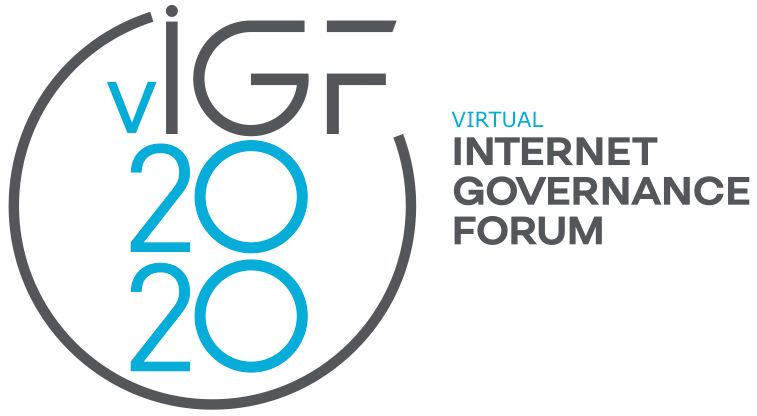High-level leaders track: Health implications
11 Nov 2020 09:00h - 10:30h
Event report
This high level panel took place a day after the World Health Organization (WHO) passed the Global Strategy on Digital Health. The panellists shared insights on digital technologies for health. Throughout the discussion, the opportunities and challenges presented by the COVID-19 pandemic were stressed.
A question posed by the moderator, Mr Patrick Leusch (Head European Affairs at Deutsche Welle), was the extent to which digital technologies could help achieve Sustainable Development Goal number 3, which promotes a healthy life and well-being for all. In response, global public health bodies discussed their use of digital technologies. Mr Bernardo Mariano (Director, Digital Health & Innovation and Chief Information Officer, World Health Organization (WHO)), summarised the digital health interventions of WHO in three areas: people-centric health systems, strengthening existing health systems, and building a strong health workforce. Similarly, Ms Anuradha Gupta (Deputy CEO, GAVI) described the use of digital technologies by GAVI in its operations, which span over 70 countries. She used the 3 v’s—vaccines, vaccinators, and vaccinee—to describe the three broad areas where digital technologies are employed. Examples include remote vaccine temperature monitoring through temperature logs, online skills training for vaccinators, electronic immunisation registries, and mobile communication to parents to spur demand for vaccines.
Ms Precious Matsoso Malebona (Director of the Health Regulatory Science Platform, South Africa) discussed the national digital health service in South Africa. In South Africa, they had begun the implementation of a digital health strategy under which 43 million patients had been enrolled in the health patient registration system. Following the pandemic, various apps had been deployed to help people with COVID-related symptoms. However, the existence of too many apps could lead to information overload and a risk of misinformation; hence, a need for governance arose. Other tools that have been useful during the pandemic include an ATM pharmacy.
The session also heard about developments in digital health. Ms Kira Radinsky (Chairwoman & CTO, Diagnostic Robotics) shared her experience in building a digital triage tool. The tool was trained on 76 million historical medical visits obtained from the healthcare systems from Israel and the United States. The tool addresses the shortage of medical personnel by determining the most urgent cases for primary care physicians. Similarly, Dr Anurag Agrawal (Director CSIR Institute of Genomics and Integrative Biology and member, WHO Digital Health Advisory Group, India) discussed the evolution of digital medicine from telemedicine, to the use of chatbots and digital-digital interventions that do not require human intervention, until a problem is identified.
The main challenge with digital health is the lack of public trust in digital systems. For example, use of AI in triaging could be biased since black populations in the US traditionally have had limited access to healthcare. In the field of vaccination, mistrust has been manifested in anti-vaccination campaigns. In regard to telemedicine, genomics has been dominated by Western studies that seldom consider cultural nuances, such as how populations mix in places like India. Panellists could, therefore, agree that a resolution was needed of underlying issues through mechanisms such as digital health strategies. The World Health Organization used the framework of digital maturity, in which countries assess their digital infrastructure and policies and use that as a baseline for planning progressive digital health.
Another challenge is inequitable development, which has been exacerbated by the COVID-19 pandemic. Concern arose that digital health issues could replicate existing geographical, gender, health, literacy, and other inequalities. To mitigate this, panellists recommended the incorporation of principles of people-centric development, sustainable and expandable technology, appropriate use of technology, and ethics. As a practical example, WHO has published guidelines on use of proximity-tracking technologies during the pandemic.
Related topics
Related event

